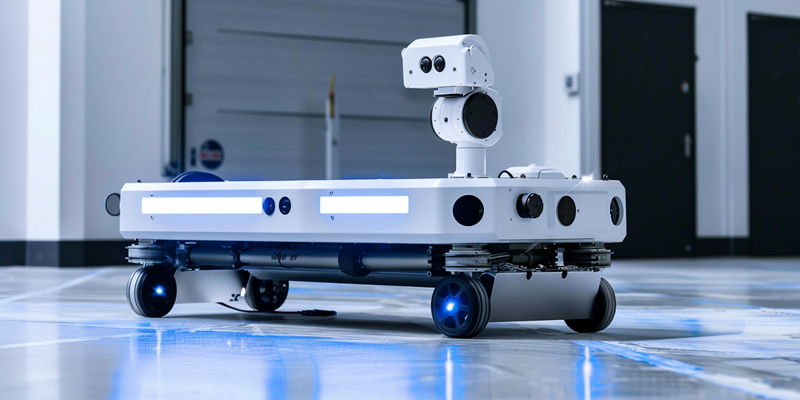ABB has made a groundbreaking announcement set to redefine the landscape of mobile robotics. The integration of Visual SLAM technology with its AMR Studio software enhances the autonomous operations of mobile robots, notably the recently introduced T702 model. Visual SLAM (Simultaneous Localization and Mapping) is an advanced navigation technique that combines artificial intelligence with 3D computer vision. This partnership enables robots to use standard cameras to create a detailed point cloud map, which the robots use for navigation. Inherent in the T702 tug-style autonomous mobile robot (AMR) is the ability to adapt intelligently to dynamic and ever-changing environments, greatly improving its operational acumen.
The Breakthrough of Visual SLAM Technology
Overcoming Traditional Limitations
Legacy SLAM systems relied heavily on lasers for mapping and navigation purposes. However, these systems were vulnerable to environmental changes, which could disrupt the internal maps of autonomous mobile robots (AMRs), leading to deviations and errors. The Visual SLAM technique overcomes this hurdle by navigating using visual cues, such as ceiling features and structural supports, that are constantly present in the robot’s surroundings. This innovation elevates the T702 above its predecessors, providing a sturdy and adaptable solution for the manufacturing sector, which often sees frequent alterations in its processes and facility layouts.
AMR Flexibility and Adaptability
The significant flexibility of the T702, powered by Visual SLAM, is not lost on industry experts. Joshua Alphonse, the head of U.S. mobile robotics at ABB, emphasizes the T702’s resilience and adaptability, thanks to Visual SLAM. The AMR can proficiently analyze diverse data points from its environment to persevere and maintain optimal performance, despite any situational changes that may occur. This advancement promises to dramatically shorten the time needed for commissioning while ensuring improved performance of AMRs in complex, less structured environments.
The Implications for Modern Manufacturing
Shaping the Future of Robotic Automation
As outlined by David Greenfield, the innovative integration of AMR technology with AI-enabled navigation systems like Visual SLAM suggests a transformative future for robotic automation within manufacturing environments. It underscores the increased demand for flexibility and autonomy in robotics, reflecting an industry-wide consensus that highly values these attributes. This trend aligns with the evolving requirements of contemporary production scenarios where adaptability is crucial for competitiveness.
Envisioning Intelligent Manufacturing
ABB’s recent announcement marks a pivotal moment in mobile robotics. By integrating Visual SLAM technology into its AMR Studio software, ABB enhances the functionality of mobile robots, particularly highlighting the new T702 model’s capabilities. This technology leverages artificial intelligence and 3D computer vision to facilitate precise navigation. Thus, robots can generate intricate maps made of point clouds for navigation purposes using standard cameras. The T702 model, a tug-style autonomous mobile robot, exhibits an improved ability to seamlessly adapt to varying environments, significantly boosting its efficiency and operational intelligence. This development represents a transformative step in autonomous mobile robotics, characterized by an elevated level of autonomy and agility in navigating complex settings.

